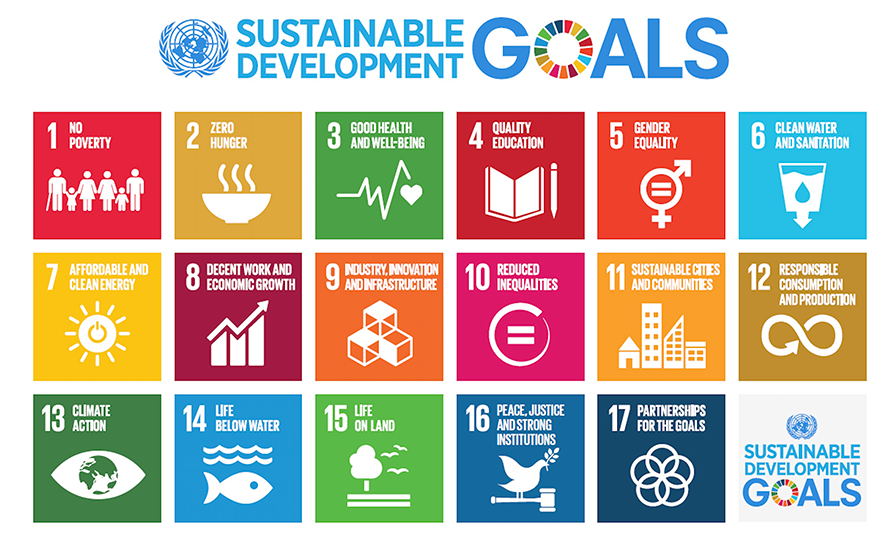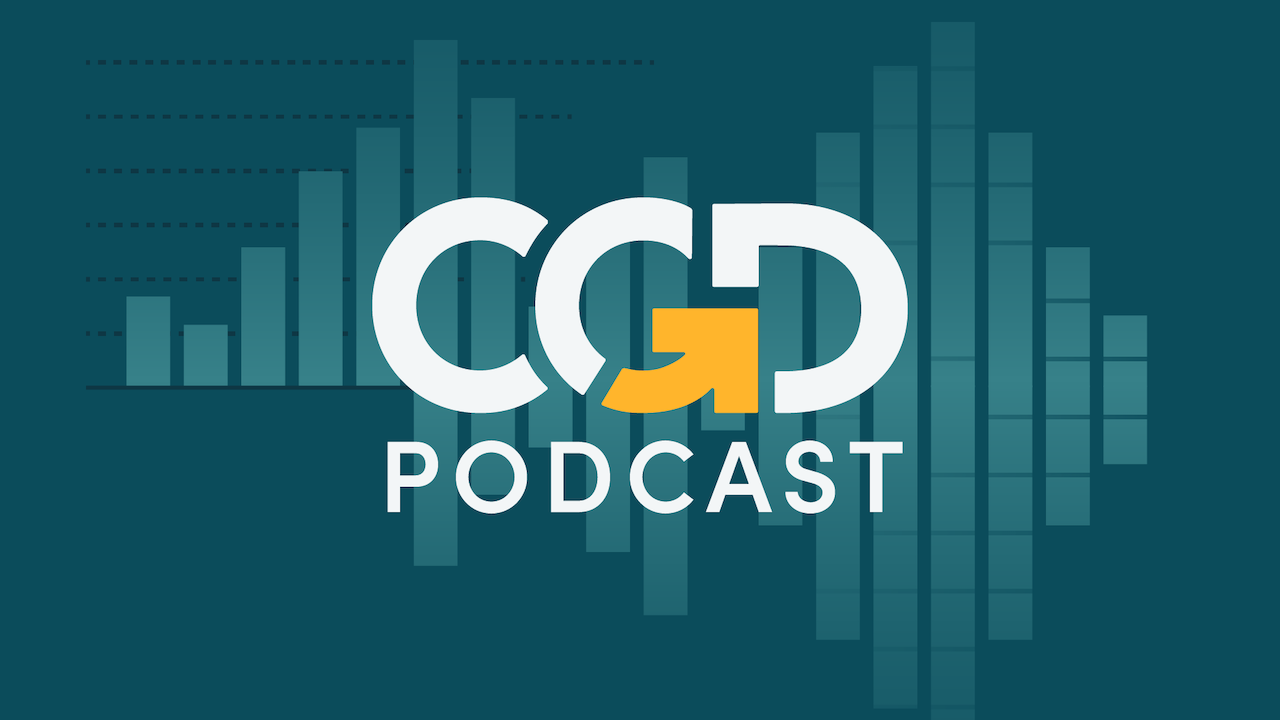Imagine the young George Washington said, “I cannot tell a lie. I did not cut down the cherry tree,” then added sotto voce, “’twas the hatchet that did it.” Multilateral development banks (MDBs) and development finance institutions are dissembling in the other direction when it comes to their impact—not unreasonably shifting blame but implausibly taking credit. Take this 2018 claim by a group of 13 MDBs:
“In 2017, MDBs and development finance institutions mobilized $73.3 billion of long-term private and institutional investor co-financing.”
These and associated numbers are repeated by development finance institutions and multilateral development banks the world over as a sign of their role in meeting global development goals. But the claim is at very best misleading. Here’s a dictionary definition of “mobilize”: “organize and encourage (people) to act in a concerted way.” That’s simply not what is going on with most “mobilized” co-financing.
The MDB report on mobilization claims that more than two-thirds of “mobilized” funds are “financing from private entities provided in connection with a specific activity for which an MDB is providing financing.” Let’s consider how this might work in practice. Imagine a company comes to the European Bank for Reconstruction and Development (EBRD) saying it wants to open a $60 million bottling plant in Egypt. The firm has $40 million to invest in the project itself, and wants a $20 million loan from the EBRD. If the EBRD invests $20 million, according to the MDB report it has “mobilized” the other $40 million invested by the firm.
First off, who mobilized whom? In the standard development finance model where firms come to an MDB with a project, you might think the firms would get some credit. But even if we view it as “mutual mobilization,” that assumes the involvement of the MDB was critical for the project to go ahead—that without the MDB, there would have been no organization, no encouragement or acting in a concerted way. In our example, the bottling company would have abandoned its project in Egypt.
And that isn’t plausible. MDBs don’t really even try to claim it is plausible. They do suggest that they strive to be “additional”—to make projects look different than they would have absent their involvement. That might mean “making the project happen at all,” but it can also mean making it bigger, or greener, or more likely to succeed. And usually, as far as we know, it doesn’t mean “making the project happen at all.”
My CGD colleagues working on global health have pointed out that the Global Fund’s claims of “saving 27 million lives” suffers a similar problem. Alongside concerns about the methodology, data, and modeled estimates, the Global Fund results report conflates the impact of the Global Fund “partnership”—encompassing other donors, NGOs, and country governments—with the impact of the Global Fund as a standalone institution. That’s not to say the Global Fund doesn’t have an impact—it is to say that the existing number is an exaggeration.
Misleading claims over impact are not victimless crimes. As Amanda Glassman suggested about the Global Fund, “a more grounded and evidence-based assessment of… actual impacts would help the organization make its case.” If the Global Fund could take real, partial credit for saving some fraction of those 27 million lives, it would still be a success.
Something similar applies to MDBs—smaller but believable numbers are better than grandiose but implausible ones. It is time for MDBs and other development finance institutions to confess, and cut down their mobilization claims.
CGD blog posts reflect the views of the authors, drawing on prior research and experience in their areas of expertise.
CGD is a nonpartisan, independent organization and does not take institutional positions.







